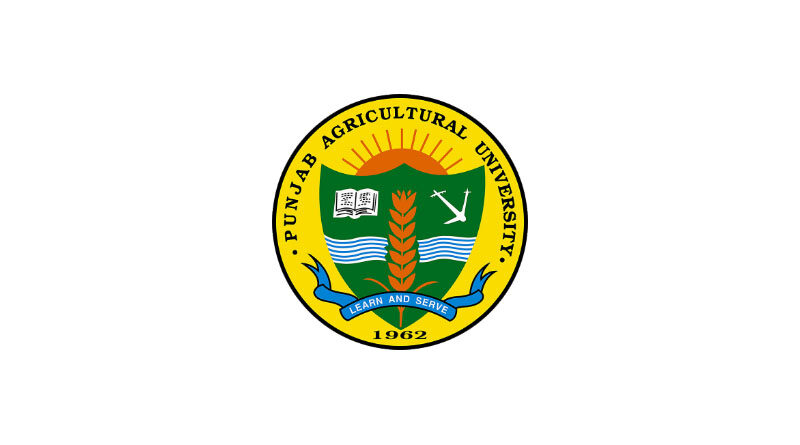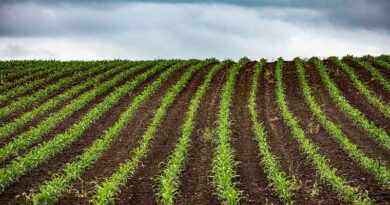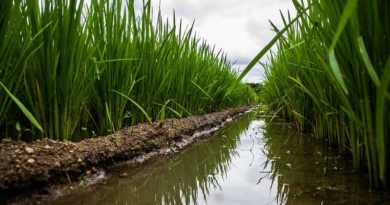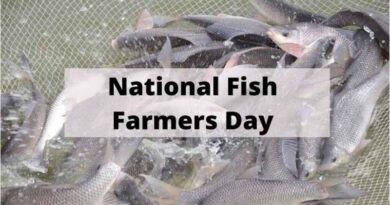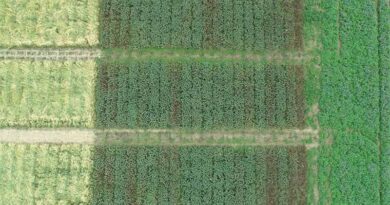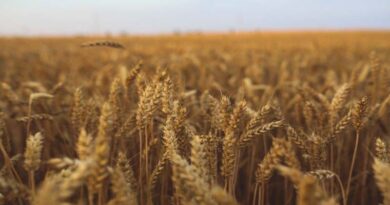Adopt water saving technologies in paddy to address water and power shortage in Punjab: PAU EXPERTS
03 July 2021, Punjab: Rice acreage continues to dominate Kharif crop area in the state due to various reasons despite efforts to reduce it. The water requirement of transplanted as well as direct sown rice reaches a high point in the fourth week of June. According to Dr Prabhjyot Kaur Sidhu, Head, Department of Climate Change and Agricultural Meteorology, Punjab Agricultural University (PAU), the rainfall data available for about last 50 years shows that more than 45 per cent of rainfall for June month is received during the fourth week of June in Punjab.
The rainfall pattern is prone to variations on account of climate perturbations which are on the increase. This year’s monsoon initiated ahead of regular schedule but due to weakening of the monsoon currents, the last week of June was drier than normal, she observed. The rainfall deficit for this week (June 24 – June 30, 2021) for Punjab is more than 60 per cent as per India Meteorological Department (IMD) data. This has aggravated the problems related to meeting the irrigation needs of the rice crop, she said. Despite peak production of about 12,800 megawatt units (compared to peaks of 12,300 and 11,500 megawatt units in 2010 and 2019, respectively), the availability of electricity is falling short of requirement, she added. Further, the IMD has predicted subdued rainfall activity during coming 5-6 days and heat wave conditions are likely to prevail over the state, she said.
Dr MS Bhullar, Head, Department of Agronomy, has advised the farmers to follow water saving technologies recommended by PAU in paddy in order to tide over current crisis. Since more than two weeks have lapsed since transplantation of paddy, there is no need to maintain standing water in the fields, he added. The water should be allowed to seep into the soil completely and the next irrigation should be given after two days, he said. This would ensure water saving along with lower incidence of pests and diseases. “In case of direct seeded rice, no attempt should be made to pond the water and the irrigation frequency should be 5-7 days depending upon soil type. These techniques will also help to taper down the electricity demand in the state,” he added.

